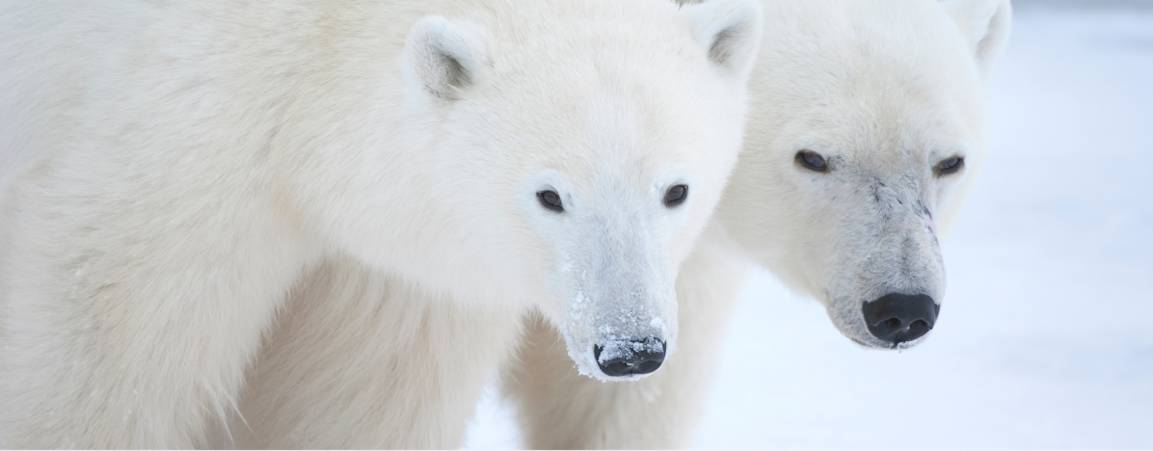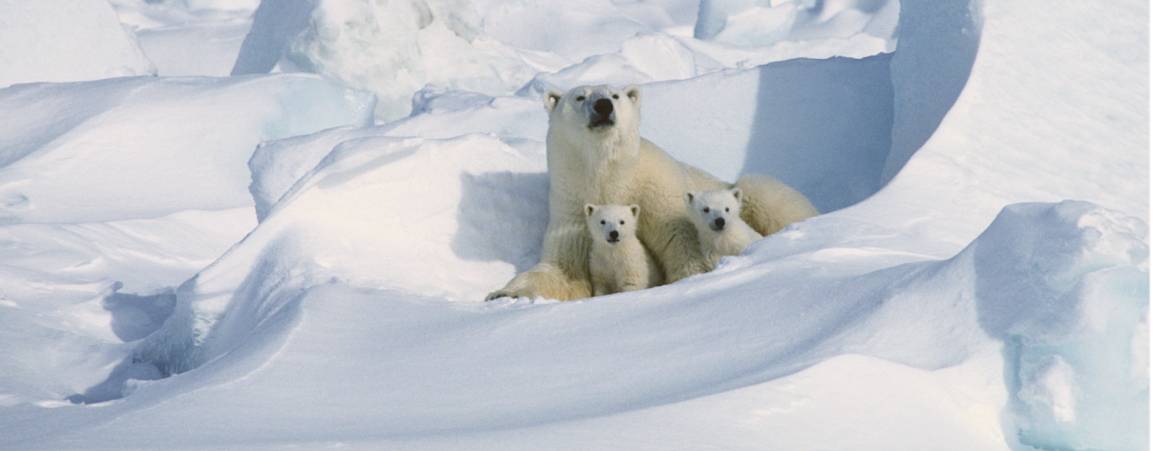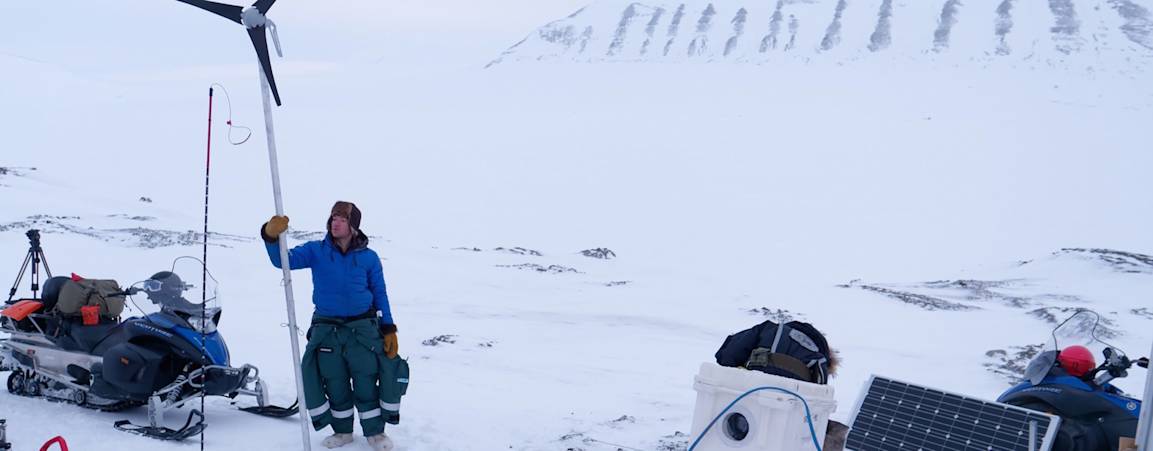Population Studies
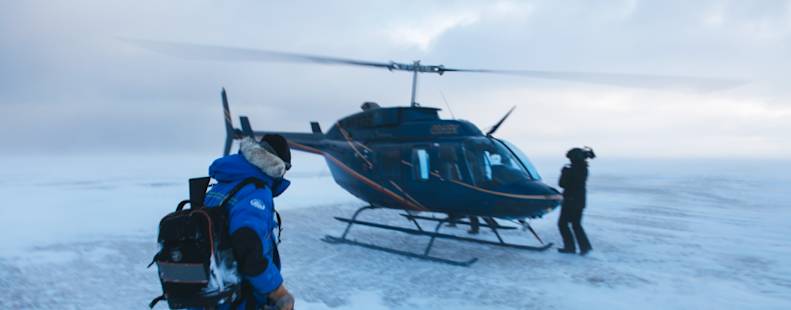
Photo: KT Miller
Learn about population counts, traditional tracking, new methods, and what projects are happening now.
It's cold. It's difficult. It's dangerous. And you won't find the job on Craigslist—but what a thrill to work with wild polar bears. Scientists say that the first polar bear of the season still takes their breath away, even after decades of working in the Arctic.
Why take population counts and track polar bears? They help scientists understand how the bears are faring. Long-term studies are especially important for understanding trends and for ringing alarm bells as necessary.
Data from the Southern Beaufort Sea population, for example, helped lead to the U.S. decision to list the polar bear as a threatened species. The scientists collect data on:
Size and health of the population
Number of bears in each age and sex class
Movement patterns of the bears and how they're responding to declining sea ice
Traditional Tracking
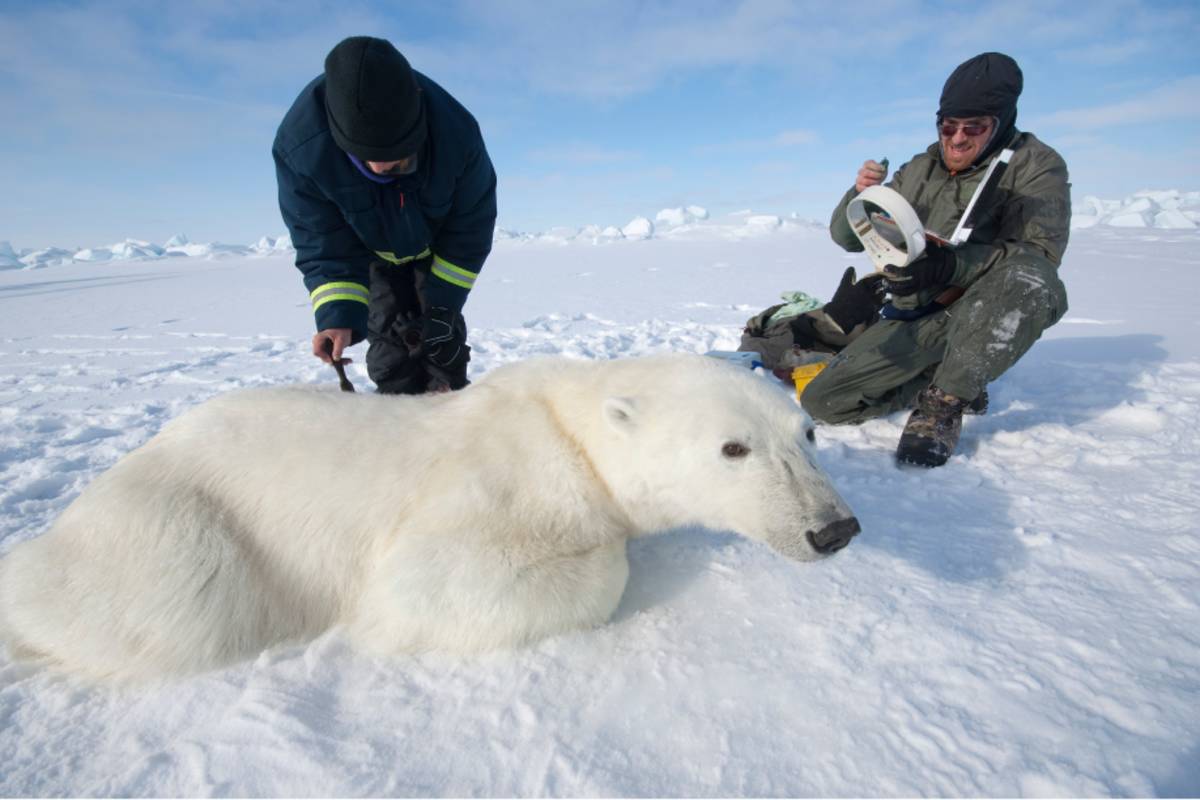
Photo: Daniel J. Cox
Scientists in the field place satellite collars on a select number of bears every fall in certain areas. The technology lets research teams follow polar bears across the Arctic from the comfort of a warm office thousands of miles away. Especially in winter, we have no other practical means of learning about polar bears during 24 hours of darkness, when Arctic blizzards howl and temperatures plunge.
The collars allow scientists to:
Track movements and habitat use
Determine hunting patterns
Measure the total distance traveled
Map home range areas
Collect data on cub survival rates
The collars are designed to fall off on their own in about 14 months. Interesting fact: only female bears can wear collars. A male polar bear's neck is wider than its head, so the collar just slips off!
You can follow some of the satellite-collared polar bears on our Polar Bear Tracker Map.
New Methods
Tracking technology continues to improve, so scientists are developing new collar designs as well as alternative tracking methods. These include a small "Burr on Fur" design that we’re developing in partnership with 3M. It will allow scientists to attach a small tracking device to a polar bear's fur.
The non-collar tags don't deliver as much data—but they will allow scientists to track adult males and subadult bears, which will add to our understanding of polar bear ecology.
Other innovations include aerial surveys, which will let researchers take population counts by air. Polar Bears International helped fund studies to refine this approach because many parts of the Arctic are so remote that scientists can only make rough estimates about how many polar bears are there. In fact, of the 19 polar bear populations, 10 are classified as data-deficient.
Although capture efforts give us more detailed information on a population's health and movement patterns, aerial surveys will allow us to take a quick snapshot of how many bears there are in populations that we know little about.
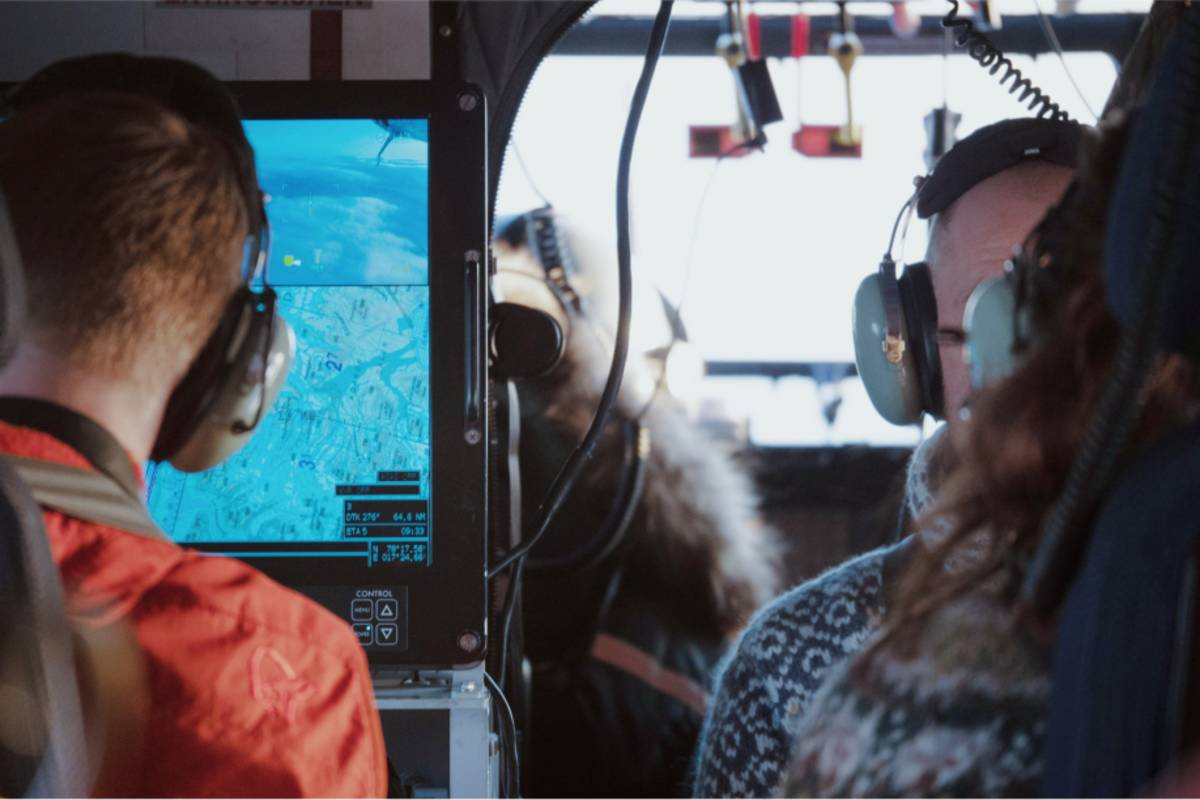
Photo: KT Miller


“You don’t get to the end of things with just one study. We need to commit to a particular aspect of research for 10, 20, or 30 years because you need to have that duration to get a reliable result.”
Dr. Ian Stirling
Scientific Advisor, Polar Bears International,
Research Scientist Emeritus, Environment and Climate Change Canada.
Current Population Projects
Barents Sea
Norway’s Barents Sea population has experienced the fastest loss of sea ice habitat in the past decades—a trend predicted to continue. As movements, distribution, prey, and denning locations shift, so will mating strategies and opportunities. This project will help researchers better understand how rapid sea ice changes impact polar bear health, reproduction, and movements, and can improve our understanding of the role genes play in population viability, a critical component in the species’ long-term conservation.
Project partners include the Norwegian Polar Institute and San Diego Zoo Wildlife Alliance.
Hudson Bay
Sea ice is critical to the polar bears’ survival, primarily as a platform for hunting seals. The ice continues to change dramatically but we don’t fully understand the impacts. This study looks directly at polar bears’ on-ice ecology during their prime spring feeding period. Using tracking and mark-recapture methods, comprehensive sampling of bears and their seal kills, and remote sensing images of sea ice, we can gain insights into polar bear movements, reactions to changing sea ice patterns, distribution, health, predation of seals, and their essential habitats.
Project partners include Environment and Climate Change Canada, Manitoba Conservation and Sustainable Development and the University of Alberta.
Wrangel Island
This collaborative study focuses on Russia’s Wrangel Island, a critical resting and denning location for the data-deficient Chukchi Sea polar bears. Using ground-based observations and non-invasive genetic samples (hair traps), researchers are examining gene flow, diversity, and population dynamics to improve our understanding of how these bears fit into global polar bear diversity. Researchers are also working to improve our understanding of how Wrangel Island’s bears are handling the effects of increasing industrial activities and longer ice-free seasons due to climate warming.
Project partners include the University of Washington, the Wrangel Island Nature Reserve, All-Russian Research Institute for Environment Protection and the U.S. Fish and Wildlife Service.
Polar Bears International is grateful to Wildlands Adventure Zoo Emmen, The High Point Community Foundation/Molly Millis Fund, Pairi Daiza Zoo Foundation, Columbus Zoo and Aquarium, and Salesforce for supporting population and tracking studies.

